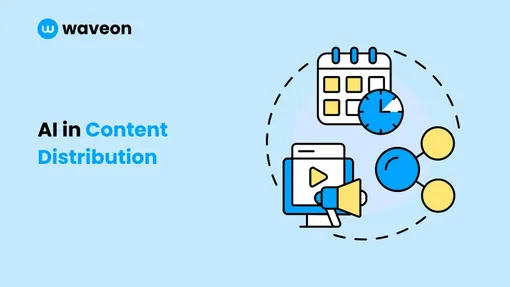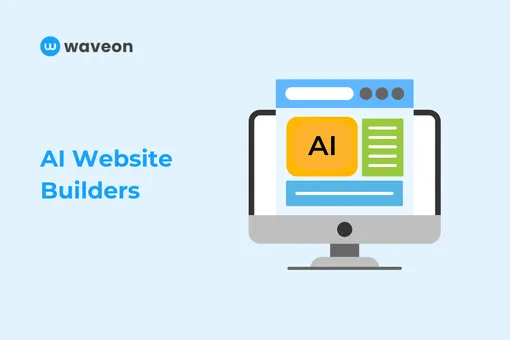Marketing
What is Viral Marketing?
Waveon Team
11/29/2023
0 min read
TABLE OF CONTENTS

Understanding Viral Marketing
Viral marketing is a strategy where products or services organically spread among consumers, quickly gaining traction. Unlike traditional ads, viral marketing relies on people voluntarily sharing and creating buzz.
Key Aspects of Viral Marketing
Viral marketing is typically orchestrated by companies aiming to intentionally spread the word about their products or services. It is referred to as word-of-mouth marketing and involves information spreading naturally from person to person, reaching a wide audience.
B2C (business-to-consumer) companies more frequently run viral marketing campaigns than their B2B (business-to-business) counterparts. B2C companies, dealing with a broader audience, leverage viral marketing for effective exposure. The surge of influential platforms like YouTube, Twitter, Instagram, and TikTok has further fueled the momentum of viral marketing.
Benefits of Viral Marketing
1. Cost-Effective Impact
A significant advantage of viral marketing is achieving substantial impact with a minimal budget. Through users spontaneously sharing content, advertising costs can be dramatically reduced. A classic example is Hotmail, which, being free, spread through users' email signatures, exponentially reaching more people.
In addition, contemporary trends, such as user-generated content and meta-content created through coding, enable companies to achieve heightened advertising effectiveness with smaller budgets compared to traditional channels. Viral marketing plays a pivotal role in the increasingly important methodology of growth hacking.
2. Diverse Audience Reach
Viral marketing allows brands to reach a diverse audience through various channels. Even if a campaign starts on a specific platform, it can propagate through different channels in various forms such as text, images, and videos, reaching unexpected audiences.
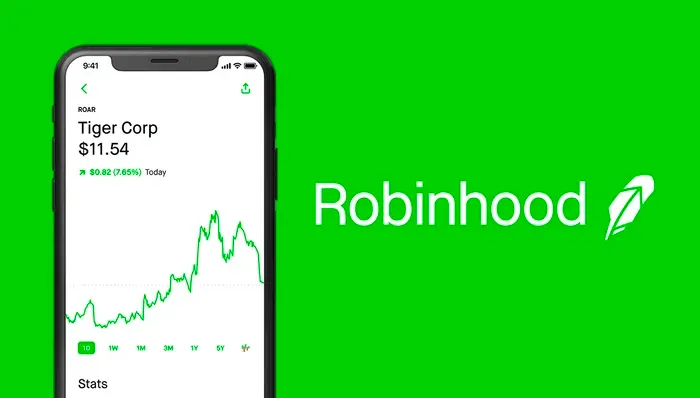
For example, the stock trading service Robinhood effectively employed viral marketing to gather one million diverse users without spending any money. Over time, even people with little interest in stock trading joined the campaign due to its impact.
Drawbacks of Viral Marketing
Unpredictable Results
One drawback of viral marketing is the difficulty in predicting results. Unexpected negative reactions or feedback can sometimes occur. If users do not resonate with viral marketing content and perceive it negatively, it may lead to a rapid spread of a negative image.
Difficult Measurement of Accurate Performance
Measuring the effectiveness of viral marketing accurately is challenging. The extent of sharing and propagation is difficult to quantify, making it challenging to calculate the Return On Investment (ROI). While traditional marketing campaigns measure metrics such as clicks, exposure, and ROAS (Return On Ad Spend), viral marketing often relies on estimating effectiveness through viral coefficients.
Understanding Viral Coefficient
The viral coefficient indicates how quickly and effectively a marketing campaign spreads. A higher coefficient implies that the campaign reaches more people rapidly. The formula for the viral coefficient is:
Viral Coefficient = Invitations per user x Conversion Rate
In simpler terms, the viral coefficient is the number of one user invites times the probability of a user accepting an invitation. If the viral coefficient remains greater than 1, theoretically, the campaign can spread rapidly to an infinite number of people. Measuring the viral coefficient is crucial for evaluating the success of a viral marketing campaign.
Examples of Viral Marketing
Nike's "Just Do It" Campaign
One of the most iconic examples of long-standing viral marketing is Nike's "Just Do It" campaign, which has continued for 30 years. Initiated in 1987, this campaign produced various forms of viral video content, with most users spontaneously creating and sharing content.
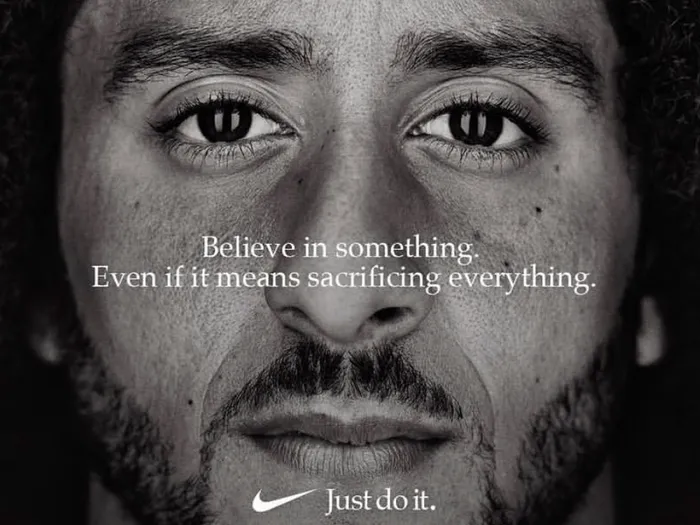
Coca-Cola's "Share a Coke" Campaign
The "Share a Coke" campaign is a globally successful viral marketing example. Launched in Australia in 2011, this campaign involved printing names, titles, and compliments on Coca-Cola bottle labels, encouraging people to gift personalized bottles. Users voluntarily created and shared these personalized bottles, leading to worldwide success through social media.
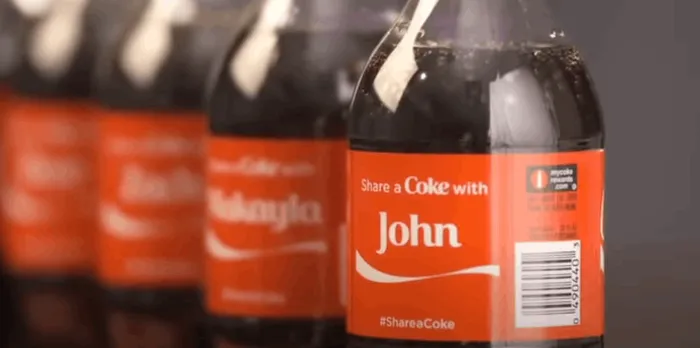
https://www.youtube.com/watch?v=4JmKVXgAFNA
Channels for Viral Marketing
There are several channels for viral marketing, including the rapidly growing fields of social media and video.
Viral Marketing Channel 1 - TikTok
TikTok has explosively grown as a viral marketing channel recently. With 3.3 billion cumulative downloads in 2022, over 50% of users being under 34, and a higher female user base than male, TikTok has become a significant platform. Influencers on TikTok can achieve millions of views for content that hooks users in the first 3 to 5 seconds, rapidly spreading through shares and TikTok challenges.
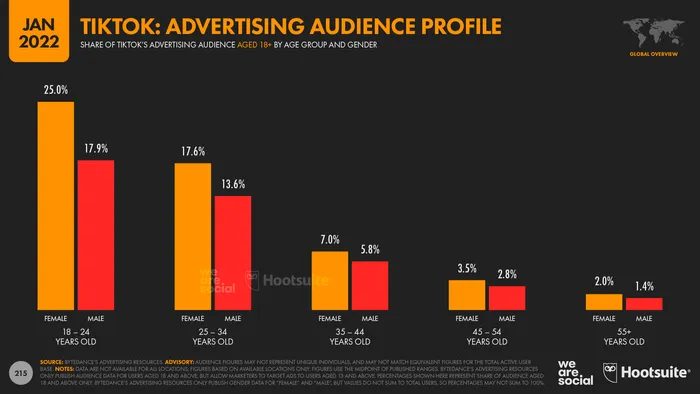
Viral Marketing Channel 2 - YouTube
YouTube, with approximately 80% of North American residents spending over 40 hours per month on the platform, is a crucial viral marketing channel. Riding the popularity of short-form content, YouTube Shorts has been introduced, allowing viral videos to achieve immense views rapidly.
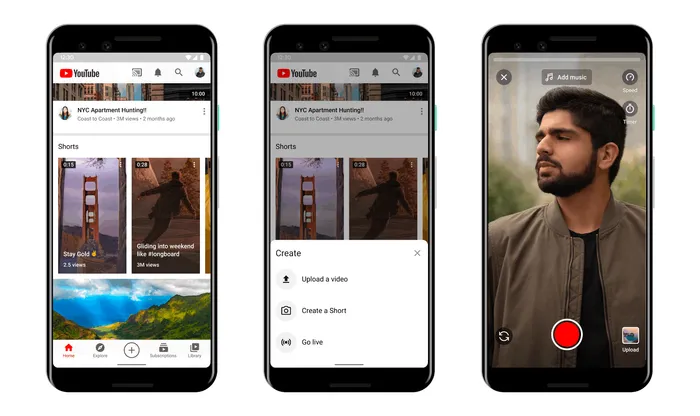
Viral Marketing Channel 3 - Online Quizzes
The unique viral marketing channel of online quizzes has gained popularity in Asia. Users respond to various quizzes, guess correct or incorrect answers, and share their unique results, subtly encouraging others to participate.
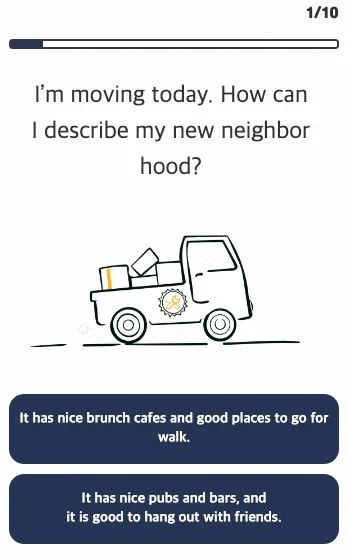
https://www.waveon.io/apps/309
Each person gets a personalized result from the quiz, providing a sense of individualization. The curiosity about what results others obtained naturally leads to sharing. Adding a call-to-action button at the end directs users to the product page, facilitating direct conversions.




